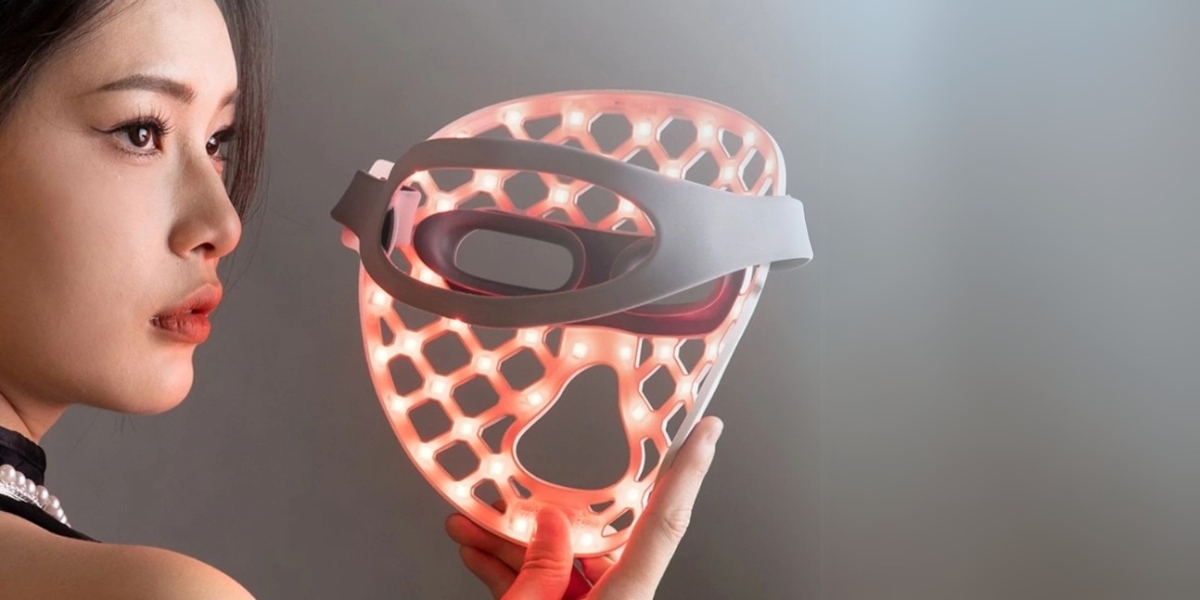By: Chris Gallagher
The industry is at a pivotal crossroads as Virtual Reality (VR) and Augmented Reality (AR) transition from futuristic promise to present-day innovation.
The global VR/AR market, valued at $31.12 billion in 2023, is projected to reach $52.05 billion by 2027.
Yet, this growth depends on bridging the gap between advanced hardware capabilities and captivating software experiences.
At the heart of this evolution is a collaboration between creators, innovators, and industry leaders, exploring applications that extend far beyond entertainment.
What are the next 5 years going to look like? We spoke with VR insider Andy Southern, better known as Obscure Nerd VR on YouTube to find out.
Immersive Media’s Evolution
While VR/AR industry insights often come from executives or developers, creators like Southern bring a fresh perspective, bridging the gap between cutting-edge technology and everyday users.
His YouTube channel—boasting over 5 million total views and 100,000 monthly viewers—demonstrates how storytelling transforms VR/AR from a technical showcase into an engaging experience.
“VR/AR isn’t just about gaming anymore,” Andy says. “It’s about the stories we can tell, the connections we can foster, and the doors we can open in education, entertainment, and beyond.”
Broader shifts in media consumption reveal that audiences increasingly seek a balance between technical insights and compelling narratives.
This demand underscores the value of content that demonstrates technological advancements and connects with audiences on a more relatable, emotional level.
Expanding VR/AR’s Potential
While gaming dominates VR/AR applications, industries like education, healthcare, and training are adopting these technologies to address real-world challenges.
VR is now used to train surgeons, simulate emergency scenarios, and create virtual classrooms that improve accessibility to quality education. These examples represent just the tip of the iceberg regarding VR/AR’s transformative potential.
Southern’s work exemplifies this shift. As a participant in the Meta Quest Creator Program and a collaborator with Among Us VR, he demonstrates how VR/AR extends beyond entertainment.
By crafting compelling narratives, he introduces practical applications of immersive technologies to a wider audience.
“The future of VR isn’t just about making better games; it’s about creating tools that redefine how we learn, interact, and solve problems,” Andy explains.
The potential of VR lies in its ability to redefine how we learn, interact, and solve real-world problems. Industry leaders and developers are exploring ways to enhance accessibility and drive innovation through immersive tools.
From applications in education that make learning more engaging to healthcare solutions that offer new treatment and rehabilitation methods, VR is positioned as more than just an entertainment platform.
Blending Media and Technology
Andy’s latest entrance to the world of FizzClick, explores the intersection of VR/AR, business, and culture. Despite being less than a year old, its audience rapidly approaching a hundred thousand visits per month, makes it a worthy addition to his media empire.
“FizzClick is about more than just reporting trends,” Andy says. “It’s about shaping narratives and inspiring curiosity about how technology impacts our lives.”
This approach aligns with broader industry trends.
Content creators like Andy are increasingly seen as essential in bridging the gap between cutting-edge technology and everyday users, making the technical aspects more approachable and exciting for broader audiences.
And to be frank—every player in the space could benefit from a little more scrutiny on folks who make a living by testing a slew of AR and VR products.
The recent financial flop of Apple’s Vision Pro, for example, reminds us that even designers as prestigious as the crew in Cupertino might not be as dialed into consumers’ needs as one would expect.
Collaborations Driving Innovation
Recent industry developments reflect the collaborative spirit of the VR/AR space. Apple and Sony’s partnership to enable Vision Pro support for PSVR 2 controllers aims to enhance gaming capabilities and user experiences.
Meanwhile, Meta’s Black Friday deals for the Meta Quest 3 bring advanced VR to a broader audience. Valve has also introduced new SteamOS hardware to compete with major players like Sony and Microsoft.
Southern is an active participant in these conversations. By collaborating with both industry giants and startups, he influences innovations that make immersive technologies more practical and impactful.
A Practical Future for VR/AR
As the VR/AR industry evolves, the focus shifts from potential to practical impact. Immersive technologies are no longer confined to entertainment but are becoming essential tools in education, healthcare, and business.
“The next chapter of VR/AR isn’t just about what’s possible,” Andy says. “It’s about making these possibilities accessible and meaningful to everyone.”
To that end, companies are exploring immersive tools to make training more cost-effective, offer novel customer experiences, and even improve therapy techniques.
These advancements demonstrate that the next frontier for VR/AR lies in solving real-world problems.
Southern’s contributions highlight the collaborative progress driving the industry forward. By blending humor, storytelling, and technological insight, he exemplifies how immersive media can inspire new approaches to problem-solving across disciplines.
As technology and creativity continue to intersect, VR/AR holds the promise of reshaping human experiences in ways that are both innovative and deeply practical.
Broadening the Horizon of VR/AR
Looking ahead, the VR/AR industry shows no signs of slowing down. With continued investments, strategic partnerships, and the growing influence of creators like Andy Southern, immersive technologies are poised to become integral to how we interact with the world.
From education to entertainment and beyond, VR/AR proves that it’s not just a passing trend but a transformative force.
As this evolution unfolds, the role of storytellers and innovators becomes even more critical in ensuring these tools serve humanity in meaningful and inclusive ways.
By connecting audiences to the potential of VR/AR, Andy and his contemporaries help write a new chapter in technological progress that places creativity, collaboration, and connection at its core.
Disclaimer: This article is for informational purposes and reflects the opinions of the author and interviewee. References to companies and products, including Meta, Sony, Apple, and Among Us VR, are for illustrative purposes. Some individuals mentioned may have financial or professional relationships with these companies, which are disclosed where applicable. Claims about VR/AR technologies are based on current trends and may evolve over time. This article does not constitute professional advice, and readers should independently verify any information presented.
Published by Elle G.











